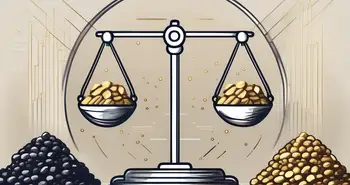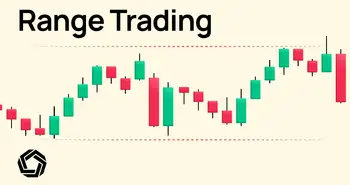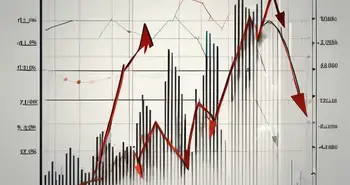Basis Trading in Commodities: A Strategic Approach to Managing Price Risk
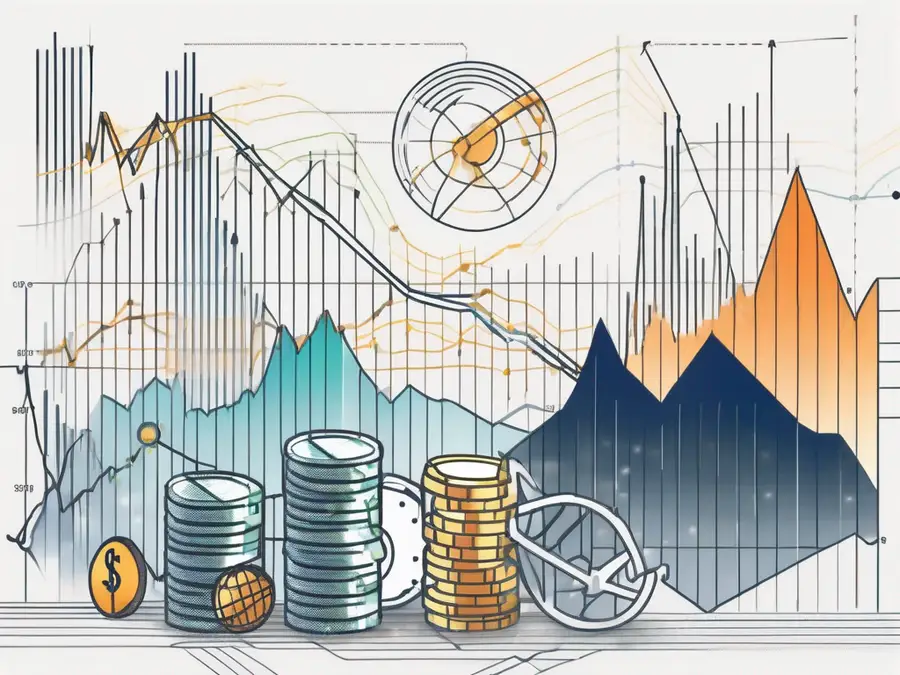
In the world of commodities trading, the concept of basis trading is pivotal for understanding price dynamics and market strategies. Whether you're a seasoned trader or someone new to the field, grasping the fundamentals of basis trading can significantly impact your trading effectiveness. This guide aims to break down the complexities of basis trading, making it accessible and engaging.
Introduction to Basis Trading
Definition and Importance of Basis Trading
Basis trading refers to the strategy that involves buying and selling the difference between the spot price of a commodity and the futures price. The “basis” is defined as the spot price minus the futures price. This difference can indicate various market conditions, making it vital for traders and investors alike.
The importance of basis trading lies in its ability to mitigate risk and capitalize on price fluctuations. When implemented correctly, basis trading can lead to significant profit opportunities while minimizing exposure to market volatility. For farmers, producers, or anyone involved in the supply chain, managing basis effectively can mean the difference between profit and loss. For instance, a farmer who understands basis trading can lock in favorable prices for their crops ahead of harvest, reducing uncertainty and ensuring a more stable income.
The Role of Basis Trading in Commodities Market
Basis trading plays a crucial role in promoting market efficiency. By analyzing and executing trades based on the basis, traders can help bridge the gap between local and global markets. When there’s a significant basis change, it’s often a signal that market conditions are shifting, helping traders to make informed decisions. This responsiveness to market signals not only aids individual traders but also contributes to the overall stability of the commodities market.
Moreover, basis trading assists in price discovery. As market players engage in buying and selling based on the basis, they contribute to establishing fair prices for commodities, aligning the interests of various stakeholders in the marketplace. This process ensures that price adjustments reflect true supply and demand dynamics. Additionally, basis trading can serve as a barometer for market sentiment; a narrowing basis may indicate increased demand or supply constraints, while a widening basis could suggest oversupply or diminished demand. Such insights are invaluable for producers and investors looking to navigate the complexities of the commodities landscape.
The Mechanics of Basis Trading
Understanding the Basis
To comprehend basis trading fully, it’s critical to understand what determines the basis. This includes factors like transportation costs, storage fees, and the time remaining until a futures contract expires. For example, if the local spot price of corn is $5 per bushel, and the futures price for delivery in three months is $4.50, the basis would be $0.50.
A key aspect of basis understanding is its variability. It can fluctuate based on local market conditions, such as supply disruptions or changes in demand. Traders must continuously monitor these fluctuations to anticipate market movements effectively. Moreover, external factors like weather events can have a profound impact on agricultural commodities, leading to sudden shifts in supply and, consequently, the basis. For instance, an unexpected drought can diminish crop yields, causing spot prices to surge while futures prices may not adjust immediately, thus widening the basis.
Factors Influencing Basis
Several key factors influence the basis, and understanding them is essential for successful basis trading. These include:
- Supply and Demand: Changes in local supply (new harvests, for instance) or demand (increased consumption) can drastically influence basis levels.
- Transportation Costs: Local transportation issues, such as truck driver shortages, can increase shipping costs, thus impacting the basis.
- Storage Facilities: The availability and cost of storage can affect how quickly a commodity can be moved to the market.
By keeping an eye on these factors, traders can make better-informed decisions on when to enter or exit trades. Additionally, geopolitical events can also play a role; for example, trade agreements or tariffs can alter demand dynamics, leading to shifts in the basis. Traders who are well-versed in both local and global market trends are often better positioned to capitalize on these opportunities.
Calculating the Basis
Calculating the basis is straightforward but requires diligence. The equation is simple: Basis = Spot Price – Futures Price. If the spot price of soybeans is $10, and the futures price is $9, the basis would be $1. A positive basis indicates that the spot price is higher than the futures price, often due to immediate supply shortages.
Traders often utilize this calculation to identify whether to go long or short. A declining basis could signal a good time to sell since it implies that the futures market could be gaining strength relative to the local market. Furthermore, understanding the historical basis levels for a particular commodity can provide valuable context; for instance, if the current basis is significantly different from its historical average, it may signal an impending correction or an opportunity for arbitrage. This historical perspective allows traders to gauge whether current market conditions are an anomaly or part of a larger trend, thereby informing their trading strategies more effectively.
Commodities Trading with Morpher AI
In commodities trading, timing is everything. With Morpher AI, you’ll gain instant access to market data and insights that help you navigate price fluctuations with precision. Don’t leave your trades to chance—stay ahead of the curve and take control of your strategy with powerful AI-driven analysis. Try Morpher AI now!
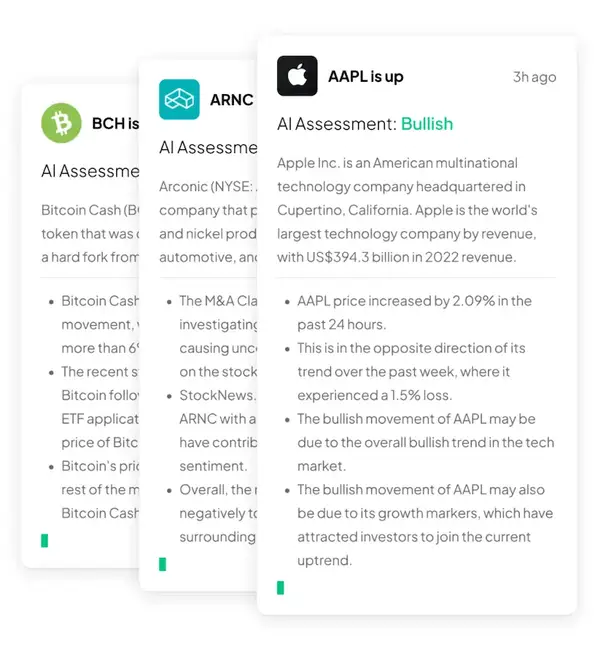
Types of Basis Trading in Commodities
Short The Basis
Shorting the basis is a strategy where a trader sells a commodity in the spot market while simultaneously buying a futures contract. The expectation is that the basis will narrow or become negative over time. For instance, if a trader expects the basis of wheat to decline, they can short the basis by selling their stock now and buying a futures contract.
This strategy can yield profits if the spot price decreases relative to the futures price, but it does involve risk. If the anticipated movement doesn’t occur, losses may follow.
Long The Basis
Conversely, going long the basis means buying a commodity in the spot market while selling a futures contract. Here, the trade is positioned based on the expectation that the basis will widen or remain positive. If a trader visualizes an increasing basis for coffee, for example, they might buy coffee today and sell futures contracts to hedge against price drops.
This approach can be particularly beneficial in a rising market, allowing traders to lock in profits while capitalizing on growing demand or limited supply.
Risks and Rewards of Basis Trading
Potential Risks in Basis Trading
Like all trading strategies, basis trading comes with its own set of risks. One significant risk is market volatility. Fluctuations in market conditions can result in unintended losses, especially if trades are not executed based on proper analysis.
Additionally, physical delivery risks can arise in commodities trading. If a trader has to take delivery of a commodity but cannot sell it at a favorable price, financial losses could occur. Furthermore, inaccuracies in the calculations of the basis can mislead traders, leading to poor decision-making.
Potential Rewards of Basis Trading
On the flip side, basis trading offers numerous rewards. The ability to profit from small differentials can lead to substantial returns over time. Traders who master the nuances of basis trading can exploit market inefficiencies, capitalizing on discrepancies between spot and futures prices.
Moreover, when implemented robustly, it serves as an excellent hedging tool. For producers or consumers of commodities, using basis trading can stabilize cash flows in the face of fluctuating prices, enhancing overall financial health.
Strategies for Successful Basis Trading
Timing and Seasonality in Basis Trading
Timing is crucial in basis trading. Analysts often look for cyclical patterns or seasonal trends that can impact basis levels. For instance, agricultural commodities might exhibit seasonal changes based on sowing and harvesting times.
Traders should also identify the optimal times to enter or exit their positions concerning market fluctuations. By employing data analytics and historical market performance, traders can gain insights that inform their trading strategies.
Using Technical Analysis in Basis Trading
Incorporating technical analysis into basis trading can enhance decision-making. By utilizing charts, indicators, and trends, traders can forecast potential market movements and make data-driven decisions. For example, analyzing historical basis trends can provide clues about future pricing behavior, assisting traders in knowing when to short or long the basis.
Aside from technical indicators, sentiment analysis can play a role as well. Monitoring news, social media, and market commentary can provide insights into trader psychology and anticipated market movements.
FAQ
What is basis in commodity trading?
Basis refers to the difference between the spot price of a commodity and the futures price.
Why is basis trading important?
Basis trading helps traders capitalize on price fluctuations and manage risks, contributing to overall market efficiency.
How can I calculate the basis?
The basis can be calculated using the formula: Basis = Spot Price – Futures Price.
What are the risks associated with basis trading?
The risks include market volatility, physical delivery risks, and calculation inaccuracies.
What are two primary types of basis trading?
The two primary types are shorting the basis and going long the basis.
In summary, basis trading in commodities presents both opportunities and challenges. By understanding its fundamentals and applying strategic methodologies, traders can navigate this critical segment of the commodities market effectively.
Ready to take your basis trading in commodities to the next level? Morpher is the revolutionary trading platform you need to explore. With zero fees, infinite liquidity, and the ability to engage in fractional investing and short selling, Morpher.com offers a unique trading experience tailored to your needs. Whether you're looking to hedge your portfolio with Virtual Futures or maximize your trades with up to 10x leverage, Morpher provides the safety, control, and innovation you seek in a trading platform. Transform your trading journey today. Sign Up and Get Your Free Sign Up Bonus to start trading on a platform that's as advanced as your strategies.

Disclaimer: All investments involve risk, and the past performance of a security, industry, sector, market, financial product, trading strategy, or individual’s trading does not guarantee future results or returns. Investors are fully responsible for any investment decisions they make. Such decisions should be based solely on an evaluation of their financial circumstances, investment objectives, risk tolerance, and liquidity needs. This post does not constitute investment advice.

Painless trading for everyone
Hundreds of markets all in one place - Apple, Bitcoin, Gold, Watches, NFTs, Sneakers and so much more.

Painless trading for everyone
Hundreds of markets all in one place - Apple, Bitcoin, Gold, Watches, NFTs, Sneakers and so much more.







